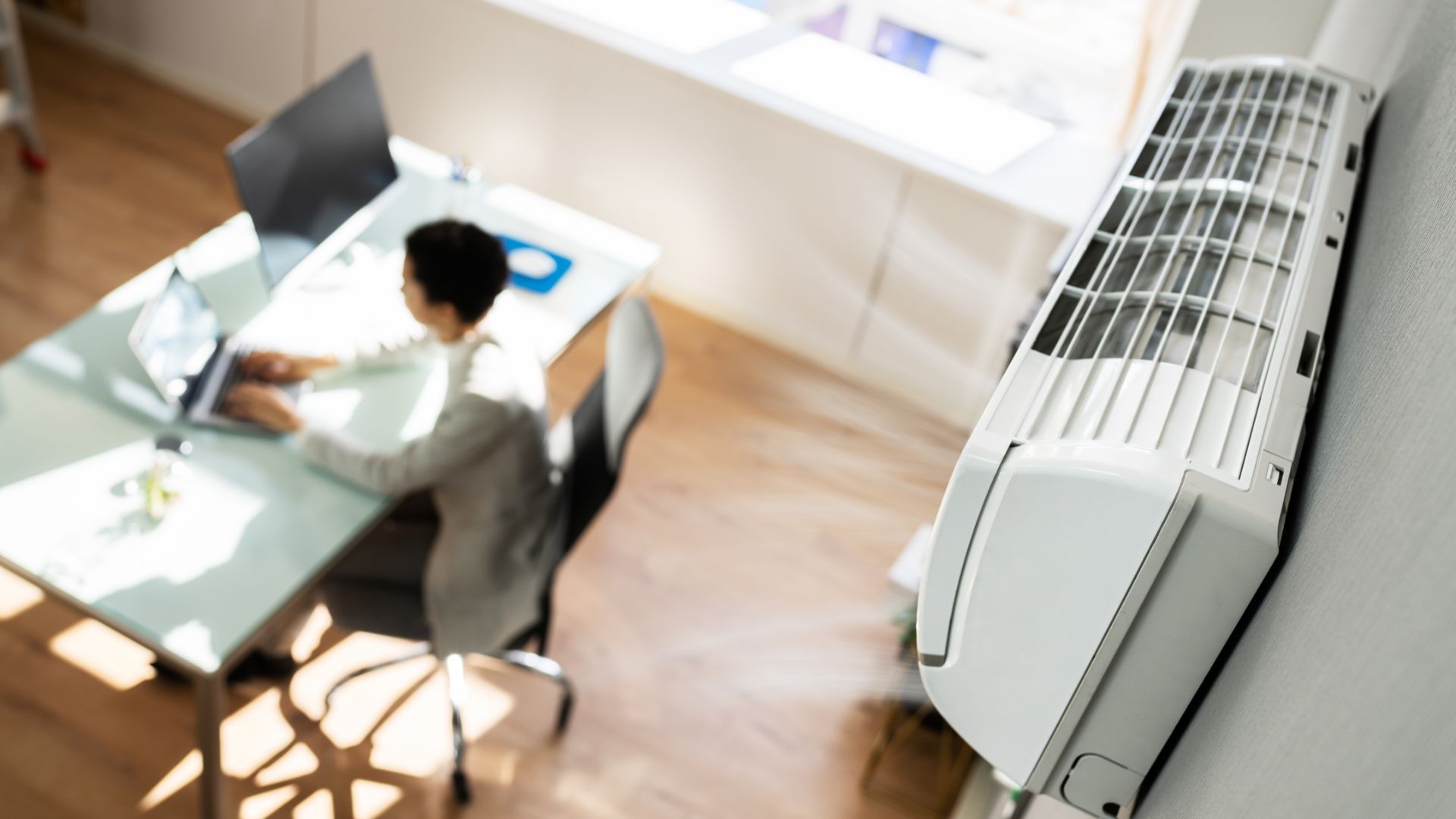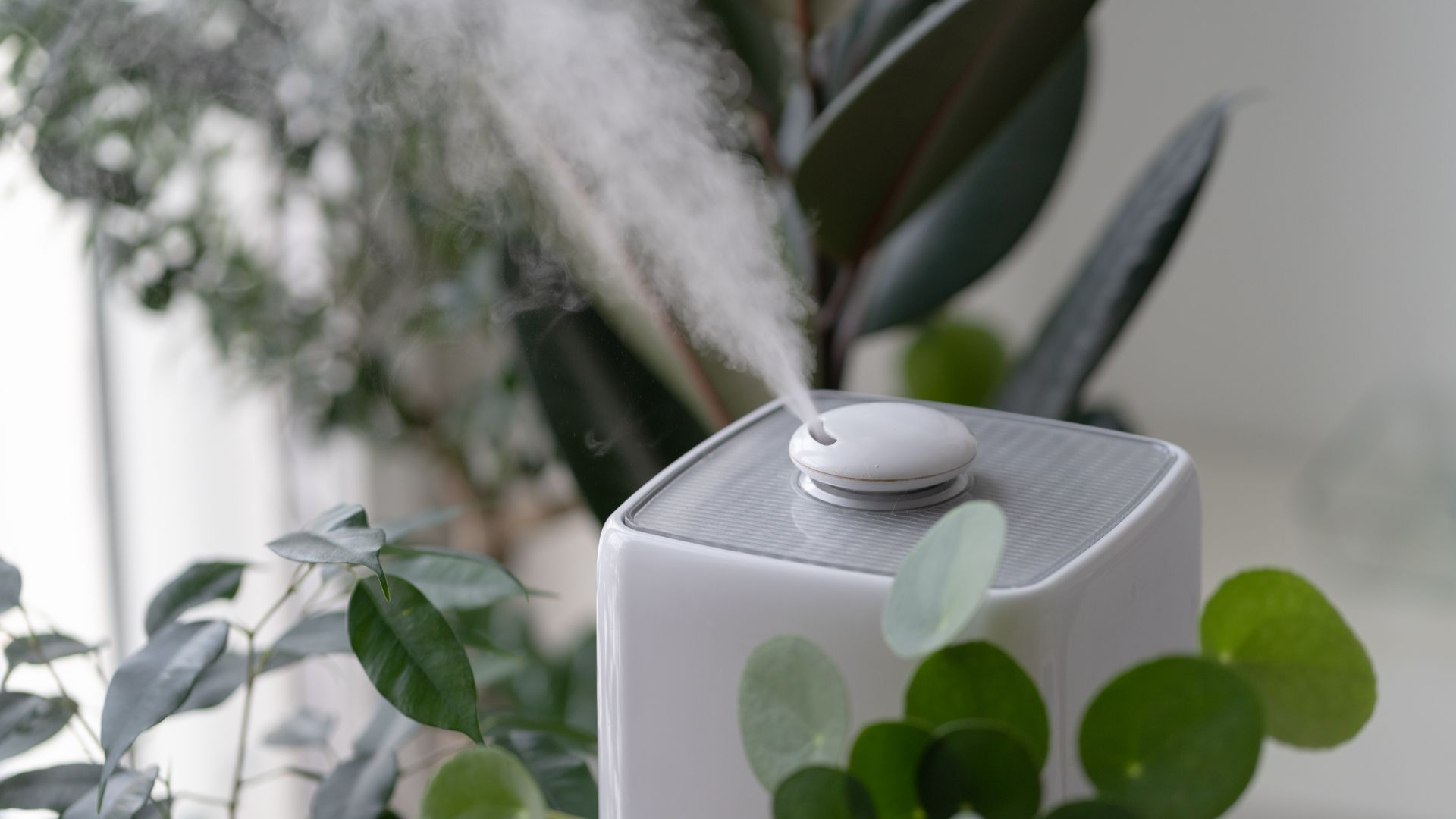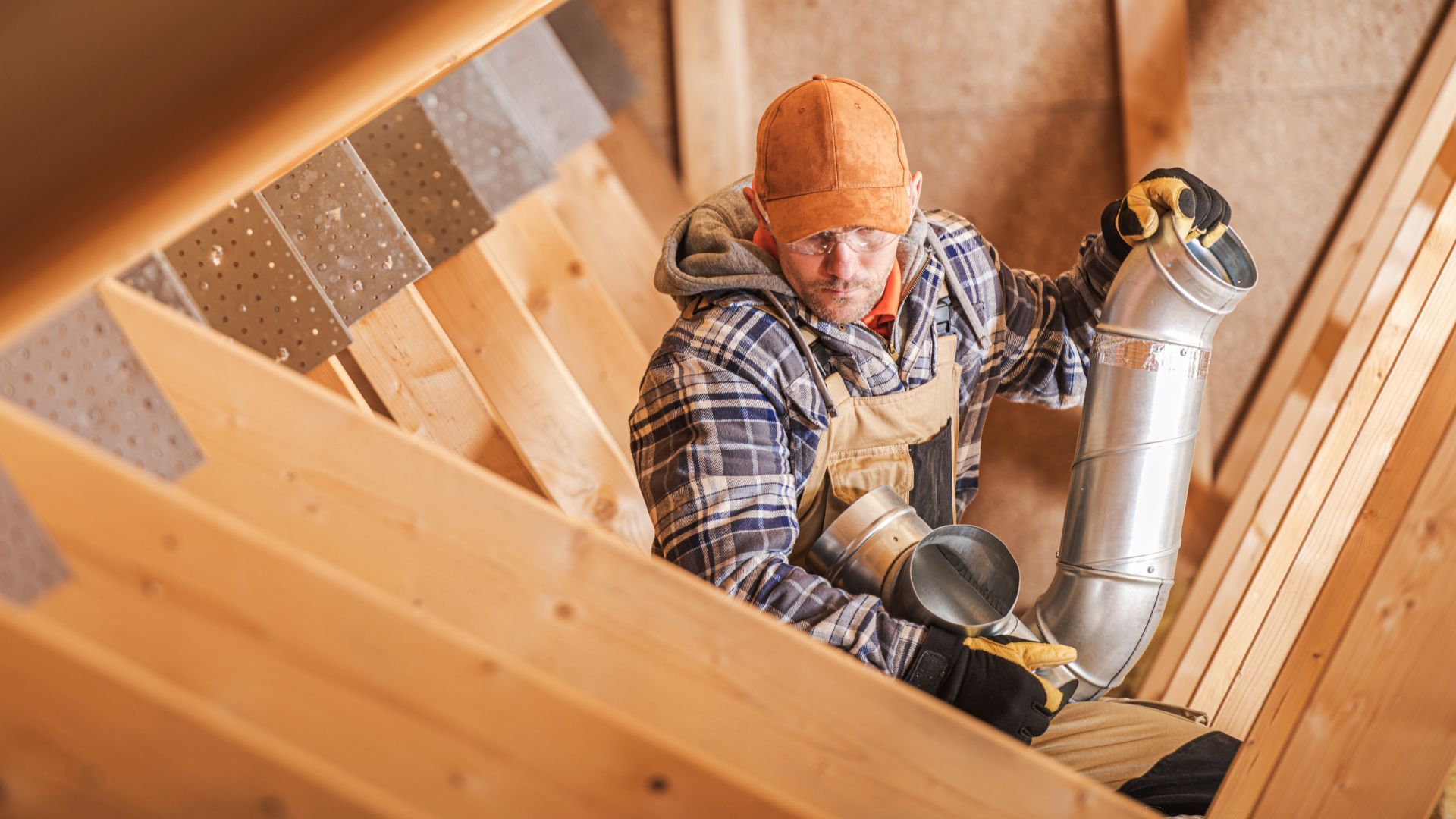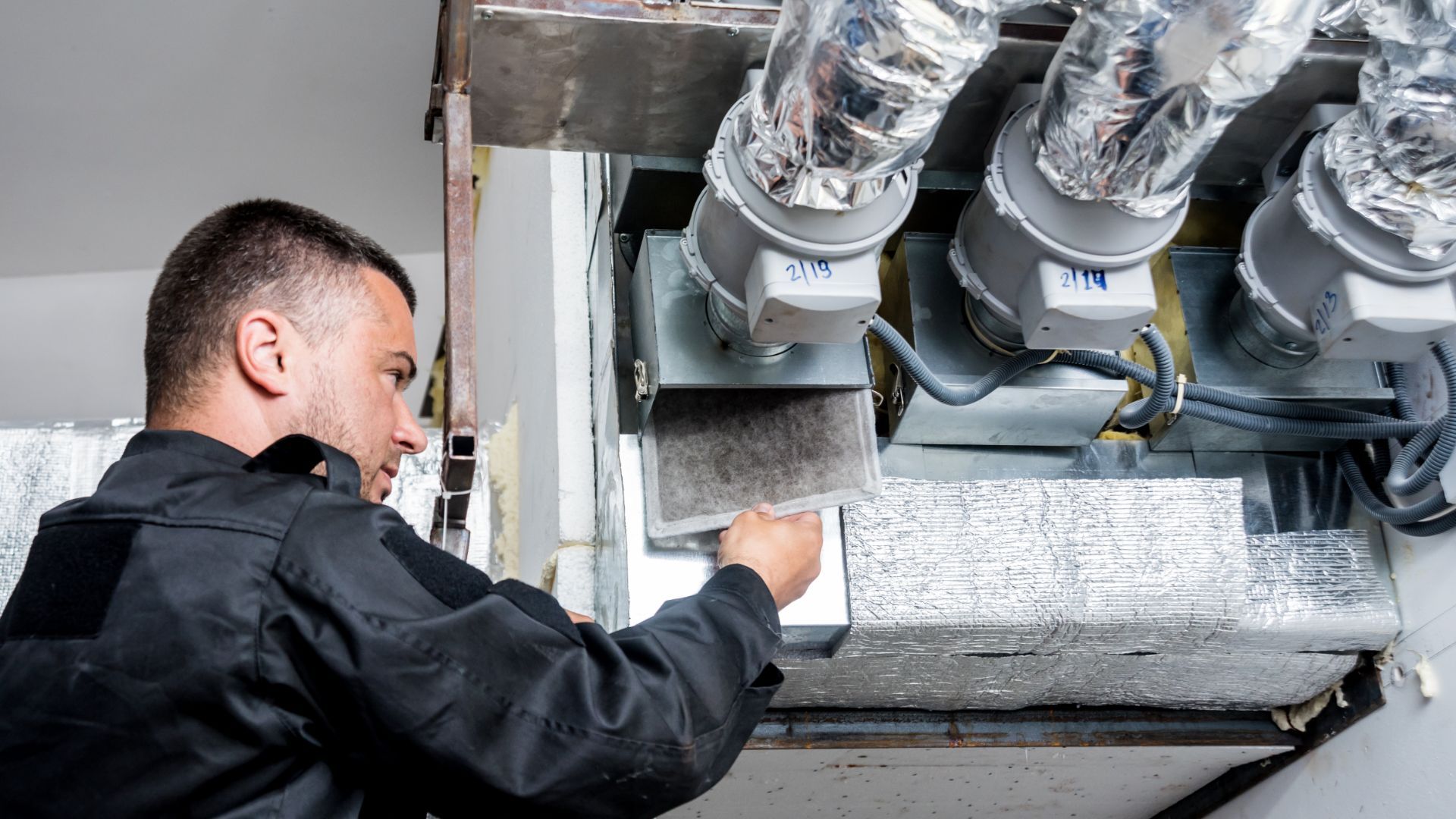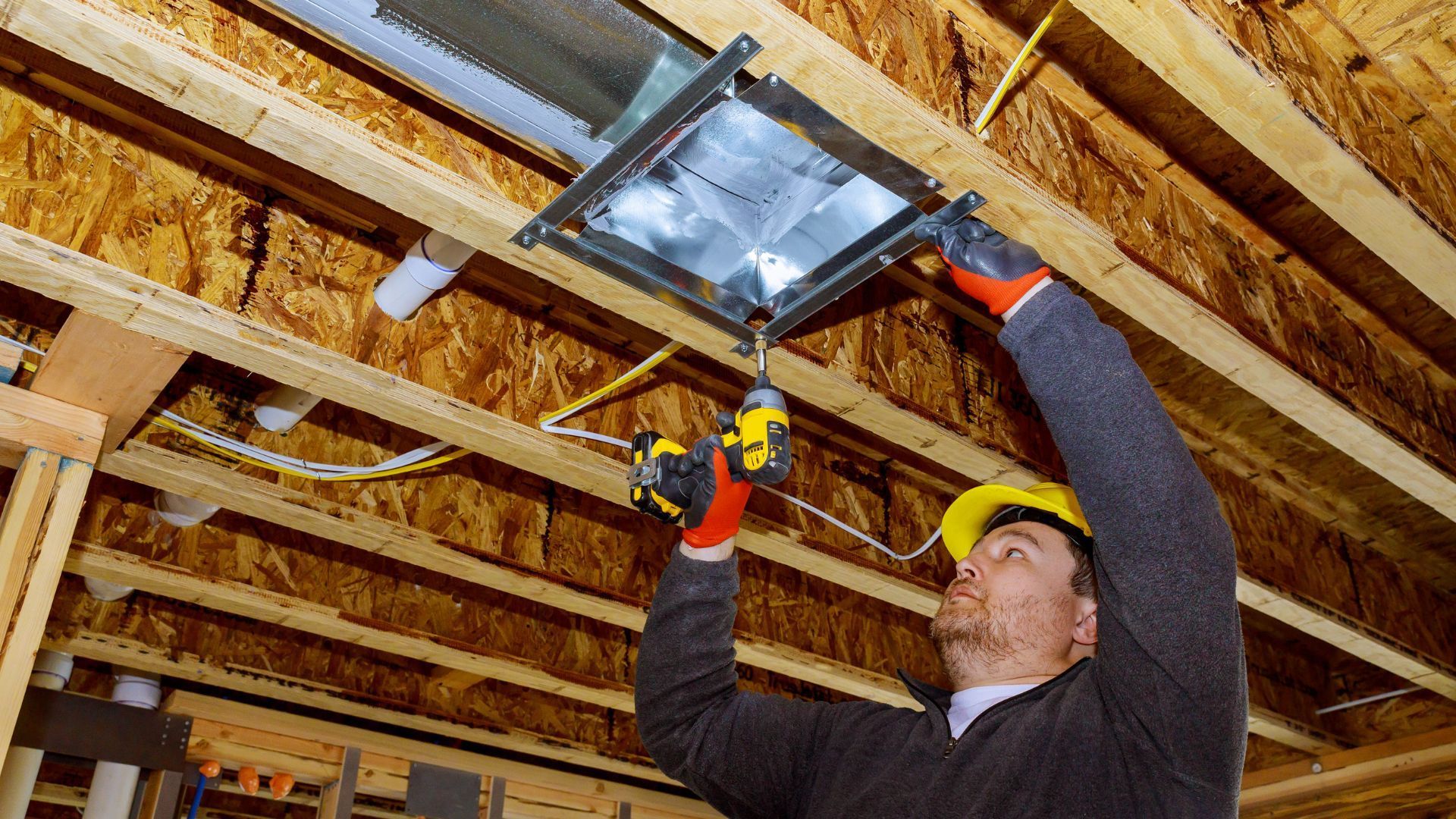How to Start Your Continental Fireplace: A Step-by-Step Guide
This is a subtitle for your new post
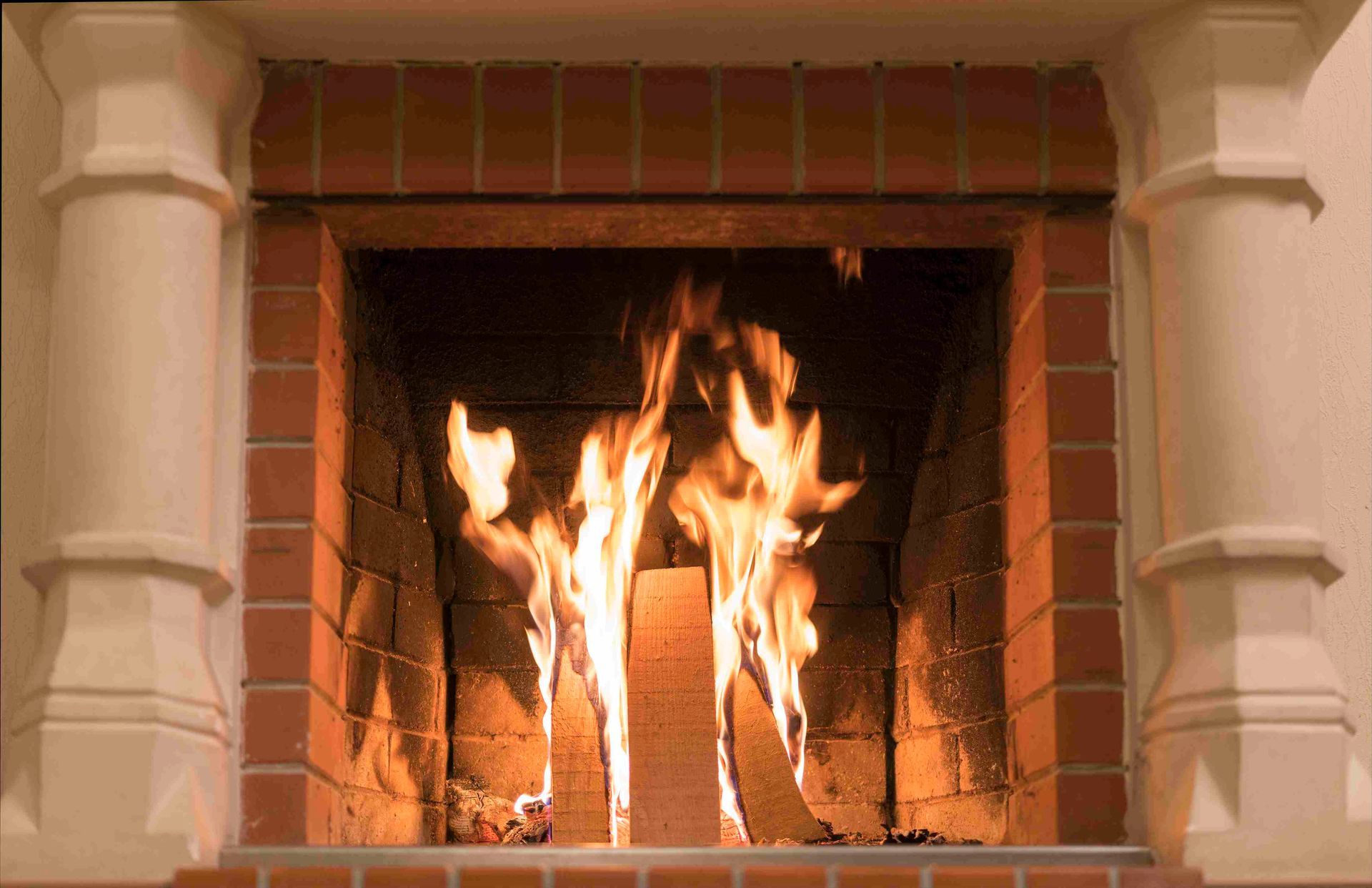
A fireplace can be a cozy addition to any home, and the Continental Fireplace is a popular choice for those looking to add some warmth and ambiance to their living space. If you're new to owning a Continental Fireplace, you may be wondering how to start it up properly. In this article, we'll take you through a step-by-step guide to starting your Continental Fireplace safely and efficiently.
Gather Your Supplies
Before you begin, make sure you have all the necessary supplies on hand. You'll need matches or a lighter, kindling, firewood, newspaper or firestarter, and a fireplace toolset, which typically includes a poker, shovel, and broom.
The matches or lighter you choose should be long enough to keep your hand safely away from the fire. Kindling refers to small pieces of dry wood that help ignite the fire. You can purchase kindling from a home improvement store or make your own by breaking up small pieces of dry wood. Firewood is the larger logs that will keep the fire burning. You should use only seasoned firewood that is dry and free of insects or mold. Newspapers or firestarter can be used to help ignite the kindling and get the fire started. Lastly, a fireplace toolset can be helpful for moving logs and adjusting the fire.
Open the Damper
The damper is a metal plate located at the top of your fireplace's chimney. It helps control the flow of air and smoke. Before starting a fire, you'll need to open the damper all the way to ensure proper ventilation.
Opening the damper all the way will allow for maximum airflow, which helps the fire burn more efficiently. It also allows smoke to escape up the chimney instead of filling your room. Be sure to check that the damper is completely open before starting your fire. If the damper is closed, it can cause a buildup of smoke and carbon monoxide, which can be hazardous to your health.
Clean the Fireplace
It's important to keep your Continental Fireplace clean to prevent a buildup of soot and debris, which can be a fire hazard. Before starting a fire, use a fireplace brush or vacuum to remove any ash or debris from the previous fire.
Cleaning your fireplace regularly will help prevent a chimney fire. If soot and debris accumulate in the chimney, they can ignite and cause a fire. You should always use a fireplace brush or vacuum specifically designed for cleaning fireplaces. A regular household vacuum cleaner is not suitable and can cause damage or even start a fire due to the hot ashes and debris.
Build the Fire
Now it's time to start building your fire. First, crumple up some newspaper or firestarter and place it at the bottom of the fireplace. Next, add a layer of kindling on top of the newspaper. The kindling should be arranged in a crisscross pattern to allow for air flow. Finally, add a few pieces of firewood on top of the kindling.
Building a good fire takes a bit of practice, but it's not difficult. The crumpled newspaper or firestarter helps ignite the kindling, which in turn ignites the firewood. You should place the kindling in a crisscross pattern to create gaps that allow for air to flow. Proper airflow is essential for a good fire. Once you have the kindling burning, you can add larger pieces of firewood to keep the fire going.
Light the Fire
Once you have your fire built, it's time to light it. Use matches or a lighter to ignite the newspaper or firestarter at the bottom of the fireplace. As the kindling catches fire, use the fireplace poker to rearrange the wood and ensure proper airflow. You may need to add more kindling or firewood as the fire grows.
When lighting the fire, be sure to use long matches or a lighter to keep your hands a safe distance from the flames. As the kindling begins to catch fire, use the fireplace poker to arrange the wood and ensure proper airflow. If the fire seems to be burning too slowly or producing a lot of smoke, add more kindling to help it grow. You can also use the poker to move the logs around and create more airflow.
Adjust the Damper
As the fire grows, you'll need to adjust the damper to control the airflow. If the fire is burning too slowly or producing a lot of smoke, open the damper a bit more. If the fire is burning too quickly or producing a lot of heat, close the damper slightly.
Adjusting the damper will help you control the temperature of the fire. If the damper is closed too much, the fire may not get enough air to burn efficiently, causing it to smolder and produce more smoke. On the other hand, if the damper is open too much, the fire may burn too quickly and become too hot. By adjusting the damper, you can find the perfect balance to keep your fire burning brightly.
Enjoy Your Fire
Once your fire is burning steadily, it's time to sit back and enjoy the warmth and ambiance. Remember to never leave a fire unattended and always keep a close eye on it to ensure it stays contained within the fireplace.
Enjoying your fire is one of the best parts of having a Continental Fireplace. Whether you're snuggling up with a good book or hosting a dinner party, a warm fire can create a cozy and inviting atmosphere. However, it's important to remember that fires can be dangerous and should always be closely monitored. Never leave a fire unattended and be sure to keep a fire extinguisher nearby just in case.
Tips for Starting Your Continental Fireplace
- Use only dry, seasoned firewood. Wet or green wood can create excess smoke and cause buildup in your chimney.
- Never use gasoline, kerosene, or other flammable liquids to start a fire. These can be extremely dangerous and can cause an explosion.
- Always keep a fire extinguisher on hand in case of emergencies.
- Have your chimney cleaned and inspected regularly by a professional to prevent chimney fires.
Taking care of your Continental Fireplace is important for both your safety and the longevity of your fireplace. Using dry, seasoned firewood will help prevent excess smoke and reduce the risk of chimney fires. Flammable liquids should never be used to start a fire, as they can be extremely dangerous and cause an explosion. It's also important to keep a fire extinguisher nearby in case of emergencies.
Conclusion
Starting a fire in your Continental Fireplace can be a simple and enjoyable process with the right tools and techniques. By following the steps outlined in this guide and taking proper safety precautions, you can enjoy a warm and cozy fire in your home all winter long. Remember to always practice caution and common sense when starting and maintaining a fire, and never leave a fire unattended. With a little practice, you'll be a pro at starting your Continental Fireplace in no time.
Experience warmth like never before with Continental Fireplaces in London, Ontario. Visit us today and elevate your home with our premium quality fireplaces.
